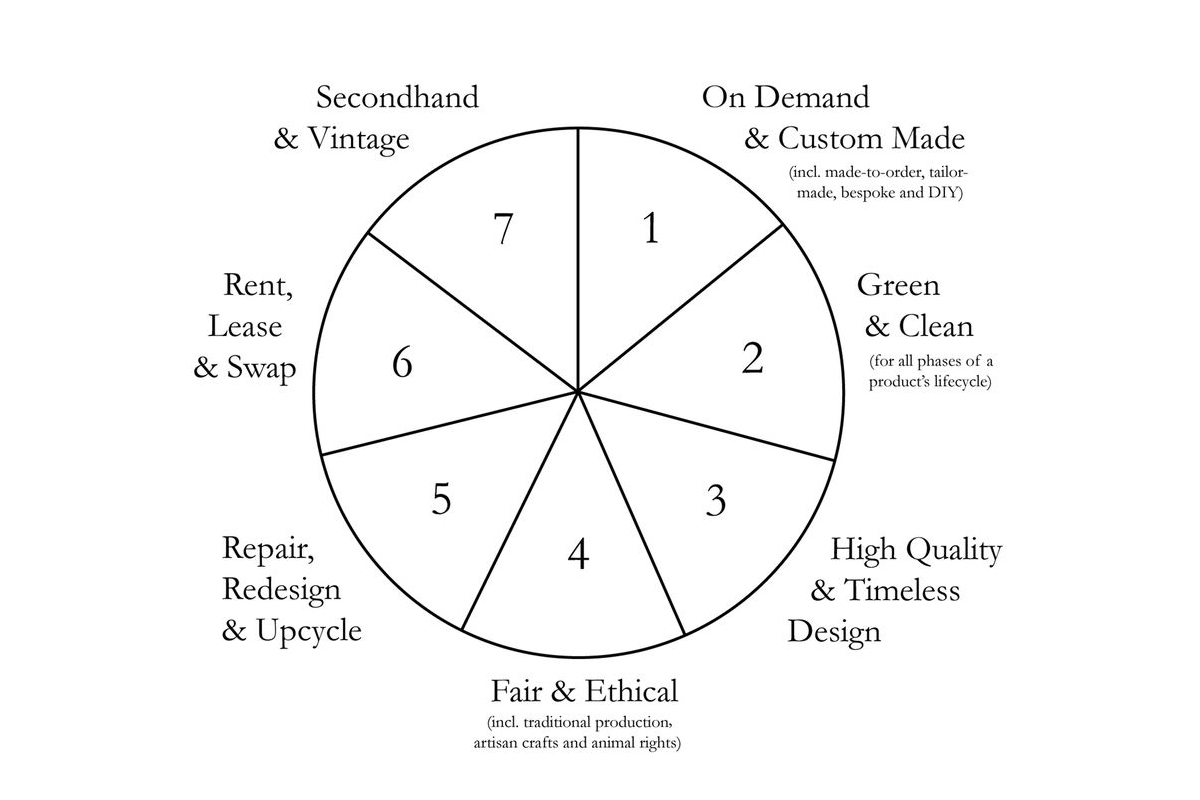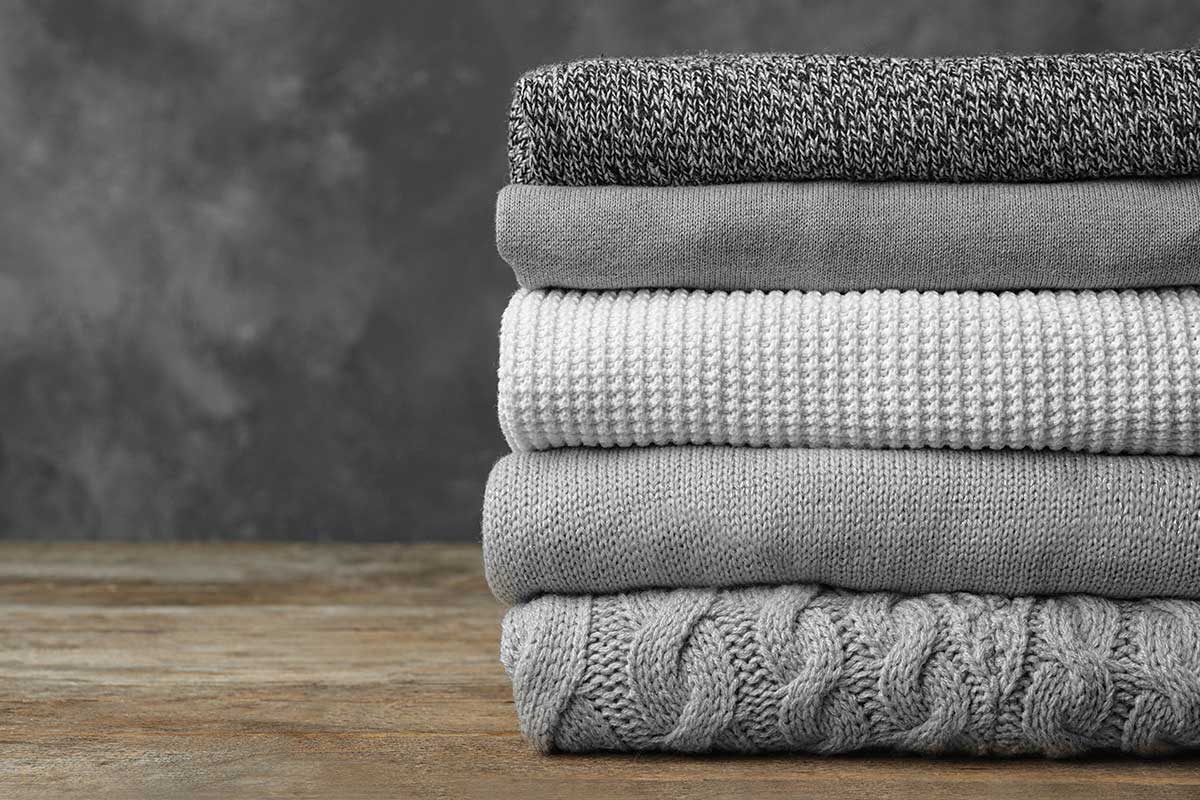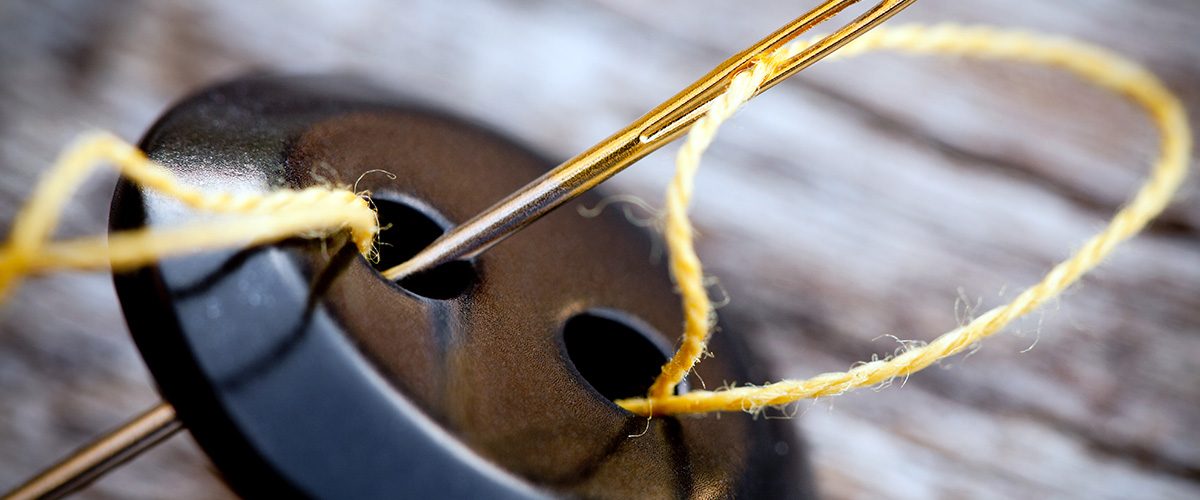This is the second article in our new series “Reduce, Reuse, Recycle” that investigates the rise of sustainable fashion while offering advice on how to fight the fast fashion epidemic. This article explores how we can reuse clothing to get the most from our favourite garments and help reduce fashion waste by caring for our wardrobes properly.
Fashion can be glamorous, stylish and iconic. It can also be wasteful, damaging and exploitative. Clothes are being produced faster and more cheaply, and in larger quantities than ever before. In fact, people bought 60% more garments in 2014 than they did in 2000. As consumers worldwide buy more clothes, the growing market for the latest styles with cheap price tags has had devastating environmental impacts. The apparel industry is the second-largest polluter in the world, responsible for the use of toxic contaminants, like pesticides in cotton farming and dyes in manufacturing.
This evidence shows, buying new clothes isn’t the kindest thing we can do for our planet. And we know, buying all organic and eco-friendly clothing can be expensive.
Clothing is something we all need and want. So how can we reconcile our love of fashion and quench our thirst for something new with sustainable consumer practices?
The Circular Fashion Economy
Until recently, the term “circular fashion” was relatively unknown. However, it is being used in more and more conversations led by fashion industry pioneers and change-makers.
Circular fashion is an off-shoot of the circular economy concept — an alternative economic system that aims to maximise the applied use of resources and minimise waste — that challenges fashion’s linear production line that ends with clothes being discarded in a landfill.
“It is a somewhat broader term that ‘sustainable fashion’, as circular fashion combines the principles of both sustainability and circularity,” says Dr Anna Brismar, who coined the term in 2014. “Circular fashion relates to not only fashion per se, but also to sportswear, outdoorwear and everydaywear.”

Circular fashion looks at multiple facets in the garment manufacturing process. It starts by looking at the longevity and timelessness of the garment’s design. Then, at the sustainability of the materials used and the conditions of the workers. Is its production fair and ethical? Are workers and animals rights being upheld?
Once an item starts to show signs of age, it should be repaired or redesigned, then — rather than ending up in a landfill — it can be rented, swapped or sold at second-hand. If we reuse clothing, fewer garments will be bought, resulting in less damage to the planet.
“The future of fashion is circular. It has to be,” Stella McCartney told Harper’s Bazaar in 2019. “Right now, the equivalent of one dump truck of textiles gets landfilled or burned every second, and by 2025 the clothing waste accumulated between now and then will weigh as much as today’s world population. We can’t ignore it.”
It seems obvious: if we reuse clothing and extend their lifespan, it is the single best thing we can do to reduce our fashion waste footprint.
Researchers in Sweden have taken a detailed look at the life cycle of modern clothing. A recent study by the Chalmers University of Technology has produced the most comprehensive life cycle analysis of the environmental impact of our clothing to date. And there was one clear outcome. To really reduce fashion waste, we have to consume less.
“If you want to be as eco-friendly as possible, there is only one thing you need to remember: use your clothes until they are worn out,” says researcher Sandra Roos. “That is more important than all other aspects, such as how and where the clothes were manufactured and the materials they are made of.”
Reusing, repairing and renting are three empowering trends that the fashion industry needs to embrace long-term. At The Last Fashion Bible, we hope to lead by example. Here are five ways you can extend the lifespan of your clothes.
1. Learn Basic Repairs

When your clothes start showing signs of wear and tear or no longer fit, it can seem tempting to throw them out. Instead, take a leaf from your grandmother and learn how to complete basic repairs on your clothing, such as replacing a loose thread or a missing button, to extend the lifespan of your clothes — and save money.
Even if you’ve never sewed before, online videos can teach you everything you need to know, from buttonhole stitching to repairing a zipper. If you can tie a knot at the end of the thread and weave the needle in and out of the fabric, that’s enough to get started. A simple sewing kit costs just a few dollars and contains scissors, a variety of needle sizes, and thread. Or, for slightly bigger jobs that require skill and/or a sewing machine, pay a professional to do it.
2. Rent Your Clothes

The idea of renting clothes might seem strange to some, but it’s certainly not unheard of. The past few years have witnessed growth in the rental market. No longer confined to formalwear, the rental sector now offers an easy way to keep up with the latest trends and change up your everyday wardrobe.
Renting clothes also means the endorphin high that you get from shopping can be repeated with minimal damage to the environment and your bank balance.
3. Store Clothing Properly

The way you store your clothes can make them last for years longer. Reuse clothing for longer with these storage tips to extend their lifespan:
- Fold heavy sweaters on a shelf. Heavier garments such as wool sweaters can actually stretch out when you hang them in your closet. Your best bet is to stack them folded on a shelf so they keep their shape – and save that precious hanger space.
- Invest in quality hangers. Wire and plastic hangers can stretch out the shoulders of your garments, which will affect how they look when you’re wearing them. Consider investing in better hangers with wood or plush arms to help garments keep their shape.
- Give your clothes some space. Too many clothes squashed next to each other can result in wrinkling and fading as the fabrics are constantly mashed together. If your wardrobe is bulging, it may be time to look into other storage solutions to reduce some of the pressure on a bulging closet.
- Think cool and dry. Excess moisture and heat can encourage mould growth — even on clothes. The mantra for your closet should be “cool and dry.” Never store clothes in a humid bathroom or a damp closet.
- Footwear also needs care. Shapers and inserts can keep the natural form of your boots and shoes. Store your footwear in boxes or neatly on shelves. Of your heels break or soles get worn out, no need to buy another pair, take them to a shoe repair to get fixed.
4. Swap With Friends

If you have clothing that is in good condition but you don’t wear anymore, why not host a clothing swap? A clothing swap is, in its basic form, a meeting or party where people get together to swap clothing, accessories, and the like, all for the sake of getting rid of the stuff you won’t use — and giving it a new life with someone else — and then gaining some great new stuff for yourself, too.
5. Reuse Clothing and Reject the ‘Only Wear It Once’ Mindset

At one time or another, chances are you’ve found yourself rifling through your wardrobe in a panic, trying to find something to wear for a special event or occasion and discounting garments because you have already worn them. In recent years, sustainability has become a running theme on most red carpet events. In the past, stars were expected to wear a new look during every appearance, but lately, some have been challenging those norms and helping raise awareness about the waste generated by the fashion industry by recycling outfits. The trend even extends to royalty, with Kate Middleton regularly re-wearing garments from her favourite designers, like Alexander McQueen and Emilia Wickstead.
“I usually wear the same dress twenty times,” Anna Wintour once said in an interview. “I think it’s always fun to have something new, but it doesn’t mean that everything you already have in your closet has to be thrown out, you know?”
If it’s good enough for the stars, it’s good enough for us. Instead of only wearing an item once, reuse clothing instead to enjoy clothes that fit and flatter you Plus, think of all the time and money you’ll save from shopping for something new just for the sake of it.
It’s up to all of us to play our part to reduce fashion waste and subsequent pollution. Extend the lifespan of your clothes by caring for them properly and help save the earth — and your money.
Stay tuned to The Last Fashion Bible for the next article in our Reduce, Reuse Recycle series. Read part one, Reduce, here.







